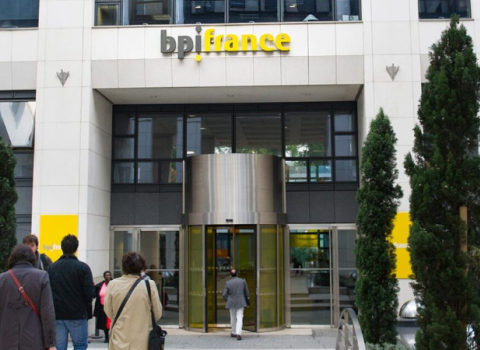
It may look as if the examples to follow if the Lisbon target is to be achieved, are Sweden at 3.6 per cent of GDP and Finland at 3.37 per cent, but the figures for both these countries were down compared to 2005. They are followed by Austria at 2.56 per cent, Denmark, 2.55 per cent and Germany at 2.54 per cent.
The average was dragged down by Cyprus with the lowest R&D intensity at 0.45 per cent of GDP, Slovakia, 0.46 per cent, Bulgaria 0.48 per cent and Romania 0.53 per cent.
Despite the lack of progress overall, individual countries have made headway. The highest increase in R&D intensity between 2001 and 2007 was in Austria, where spending rose from 2.07 per cent of GDP to 2.56 per cent, Estonia from 0.71 per cent to 1.14 per cent and Portugal, where it rose from 0.80 per cent to 1.18 per cent.
The figures show that the majority of funding is from private sources, with Europe’s governments committing 0.76 per cent of GDP to R&D. This compares to 0.70 per cent in Japan and 1.03 per cent in the US. More significantly perhaps, between 1999 and 2006 there was no increase in the percentage contribution which national governments made to R&D in Europe as a whole – though total spending did rise by 3.6 per cent in this time
In terms of research intensity, the highest public funder is the French government, which devoted 1.01 per cent of GDP to R&D in 2006. At the other end of the scale were the governments of Bulgaria, Latvia, Slovakia and Malta, which put less than 0.3 per cent of GDP into their research budgets.
Overall, spending by business accounted for 1.17 per cent of GDP in 2006 and the public sector 0.65 per cent, with 0.02 per cent coming from private not-for profit organisations.
In terms of where the money is spent, seven of the top 15 regions in terms of R&D intensity are in Germany. The leader, the Braunschweig region, recorded an R&D intensity of 5.78 per cent – more than three times the European average.
The equivalent of 2.3 million full-time staff worked in R&D in the EU27 in 2007, with R&D personnel accounting for 1.6 per cent of total employment. The highest proportions of R&D personnel were in Finland at 3.2 per cent of total employment, Sweden, 2.7 per cent and Luxembourg 2.6 per cent. Women continue to be under-represented, especially in business. In 2005, 30 per cent of all researchers in the EU were female, but in industry the figure was only 19 per cent.
Between 2004 and 2006, 39 per cent of enterprises from industry and services with at least 10 employees were involved in some form of innovation activity. The highest proportion of enterprises involved in innovation activities in this period was Germany at 63 per cent, followed by Belgium 52 per cent and, Austria and Finland, both at 51 per cent.
The report covers a wide range of indicators in line with the strategic goals set out by the European Council in the Lisbon strategy, including among others R&D expenditure and personnel, patents, innovation and other indicators related to high-tech and knowledge intensive sectors of the economy. Eurostat, “Science, technology and innovation in Europe,” 2009 edition, can be downloaded at http://ec.europa.eu/eurostat.





 A unique international forum for public research organisations and companies to connect their external engagement with strategic interests around their R&D system.
A unique international forum for public research organisations and companies to connect their external engagement with strategic interests around their R&D system.